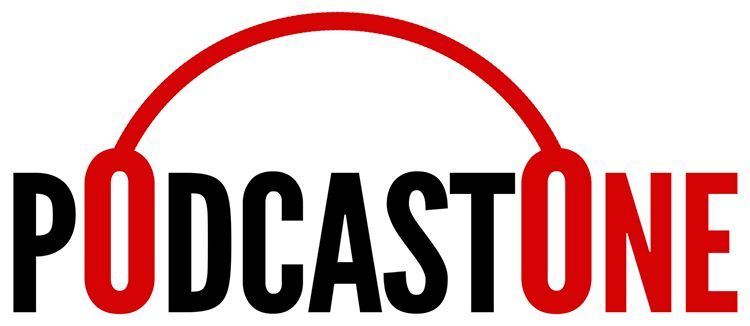
Weekly Roundup: January 6-10, 2020

John Kamensky
New Management Model. In an insightful column for Government Executive, Howard Risher writes: “Government’s performance problems are getting progressively more serious. The problem is attributable to the shared mindset and culture created by the civil service system, the reliance on badly outdated policies and practices, and the aging workforce. It will take both leadership and time to address the challenges, but success stories confirm that significantly better performance is possible.”
Axing Lower-Priority Spending. Federal News Network reports: “Defense Secretary Mark Esper is moving the Pentagon on to a new round of cost-cutting exercises in 2020 — this one drilling down into the spending practices of a wide variety of DoD organizations, from Defense agencies to combatant commands to the military services themselves. . . . A memo the secretary sent to department leaders on Monday gave the outlines of the reform agenda he wants to pursue in 2020. The latest plan is the previously-promised followup to a review of “Defense-wide” agencies that identified $5 billion in planned savings in next year’s budget.”
GREAT Act Signed. Federal Times reports: “President Donald Trump signed a bill into law Dec. 30 directing federal agencies to modernize grant reporting data. . . . Under the legislation, called the Grant Reporting Efficiency and Agreements Transparency Act of 2019, the Office of Management and Budget will work with the department that doles out the most federal grants every year to establish governmentwide standards for information submitted by recipients and create guidance for other agencies on applying those standards.”
Trends in Government Contracting for 2020. Federal Times reports: “Government contracting trends that defined fiscal 2019, such as increases in “as a service” and IT consolidation, are likely to continue into FY20. But several new programs and initiatives are likely to shape the contracting landscape in FY20. . . . A new report from contract analysts at Bloomberg Government released Jan. 7 broke down these areas likely to mold [five] government contracting trends in 2020.”
New Database. Federal News Network reports: “The Office of Personnel Management on Thursday launched a new online database of collective bargaining agreements from agencies across government. The new collective bargaining agreement database lives on OPM.gov.”
Michael Keegan
Do federal agencies need to collect more data from social media platforms? Federal agencies must undergo a "digital update" to keep pace with the rising tide of deceptions, scams and disinformation online, experts told Congress during a Jan. 8 House Energy and Commerce Committee hearing. Heading into an election year, lawmakers have focused much of their disinformation debate around foreign-directed information operations and allegations of political bias on the part of social media companies. Lawmakers who want to tame the Wild West of social media must also navigate a treacherous and uncertain policy landscape for a set of apps that are less than 20 years old.
TSA's vision for self-screening comes into focus. The Transportation Security Administration is asking vendors to imagine technology and processes to allow air travel passengers to screen themselves. In a contracting notice published Jan. 6, TSA indicates that automation and self-service can be used to dramatically speed up the screening process at airports. TSA is hosting a Feb. 12 industry day to hear more from vendors and will accept responses to a request for information on self-screening through Feb. 21.
Government at work -- curbing curbside congestion. It turns out that curbside congestion is getting worse because of the e-commerce-driven explosion in the last decade of local deliveries by package delivery companies, and the increased number of ride-sharing vehicles seeking to pick people up. What some cities are doing about curbside congestion is another example of something I have blogged about twice in the past year -- what I have dubbed “bureaucracies as learning organizations”-- in posts discussing how runway managers at airports can reduce airplane-threatening bird incursions and how highway engineers developed various techniques to reduce head-on collisions. Thinking about this general phenomenon in the context of curbside congestion, I asked both Fillin-Yeh and Osgood how they came to think of this phenomenon as something government might do something about rather than simply a woe to be lived with.
Identify, visualize and act to change your behaviors. Change unwanted behaviors by identifying the positive value from a new way of thinking or behaving, then visualize yourself acting in that way and map out a strategy, writes Terry Watkins of The Ken Blanchard Cos. Watkins shares how she pushed herself to speak up early and often while continuing to listen carefully to others. Blanchard LeaderChat
What is strategy design? Strategy is what's decided and prioritized at the organizational level, but many companies confuse designing strategy with execution, which is about individual actions, writes Graham Kenny. "Unless the doing impulse is switched off, until design is ready, the cart gets put before the horse," he writes. Harvard Business Review online (tiered subscription model)
Watch speech and gestures to gauge engagement. Leaders can discern what matters most to people by paying attention to their word choices and body language, says former Army interrogator and author Greg Hartley. "People open up to things they are interested in, both figuratively and physically, their eyes open wide, chins rise, and they remove barriers from between themselves and things they are attracted to," he says. Skip Prichard Leadership Insights.
* * * * * * *
This Week on The Business of Government Hour: A Conversation with Sylvia Constain, Minister of Information and Communication Technologies for the Republic of Colombia. What are the Information, Technology, and Communication priorities of the republic of Colombia? What is Colombia’s digital strategy? Join host Michael Keegan for the Global Thought Leadership Series as he explores these questions and more with Sylvia Constain, Minister of Information and Communication Technologies for Colombia.
Broadcast Schedule: The show airs Monday at 11 a.m., and Friday at 1 p.m. on Federal News Network 1500AM WFED
Anytime, Anywhere on...
https://www.podcastone.com/the-business-of-government-hour
https://itunes.apple.com/us/podcast/the-business-of-government-radio-hou





